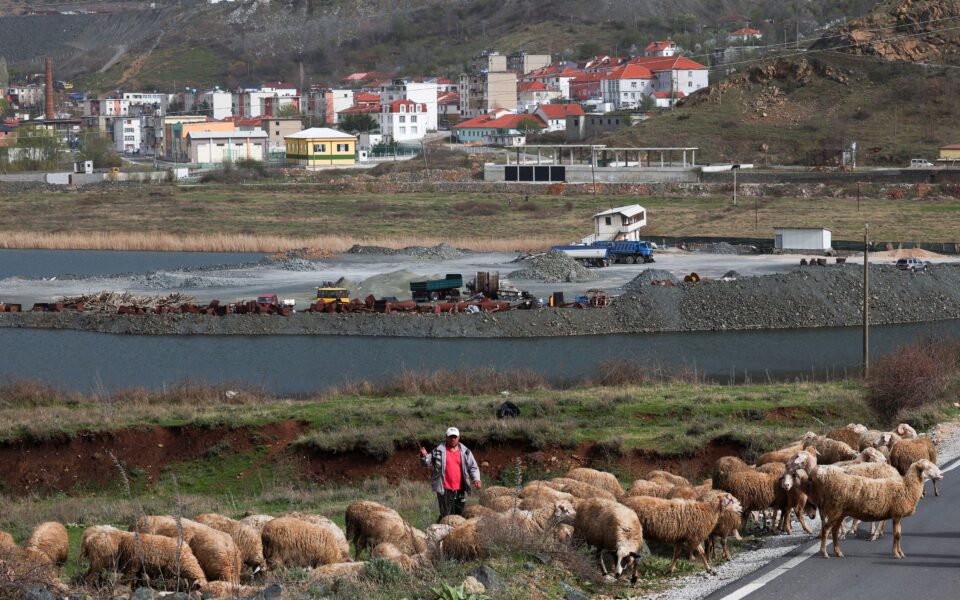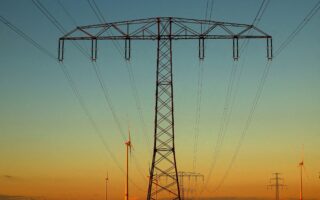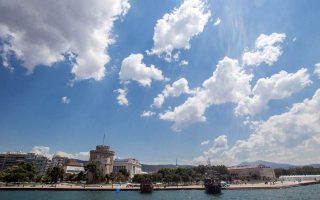Balkan countries eye hydrogen in rush to lower emissions

It never occurred to Baki Bajraktari that the presence of hydrogen in the Bulqize chrome mine where he works in northeastern Albania could be considered good news: a colleague died in an explosion in 2011 when a team hit a gas pocket.
But Bajraktari changed his mind after a study published in the peer-reviewed journal Science in January revealed a reservoir containing between 5,000 and 50,000 tons of hydrogen locked beneath the mine that could eventually help provide an answer to reducing emissions from the region.
“If they manage to get that hydrogen in pipelines that is a big investment and profit for Bulqize and for Albania,” Bajraktari said.
As western Balkan countries rush to meet EU emissions targets, they are joining the ranks of nations worldwide looking to exploit the volatile gas.
Hydrogen is produced by electrolyzing water and is considered clean if it is produced using renewable or nuclear energy, or natural gas with carbon capture technology attached.
The EU plans to invest up to 470 billion euros ($510 billion) in renewable hydrogen by 2050. The United States last month said it will grant $750 million to projects that are building capacity to produce and use clean hydrogen. Energy experts say the Balkans has a lot of renewable energy potential to boost hydrogen power output but that challenges remain, including boosting private investment and expanding the grid.
Erik Rakhou, an expert on hydrogen and decarbonization gas market from Boston Consulting Group, said governments should give incentives for industry to use hydrogen for fuel
“Is it [hydrogen] the only solution? Absolutely no,” Rakhou told Reuters. “It’s always second best, but still it’s part of the silver buckshot of their decarbonization and energy pragmatism.”
Good discovery
Political momentum is growing for low-emission hydrogen, but implementation has been held up by an uncertain demand outlook and a lack of infrastructure to deliver the fuel to consumers, the International Energy Agency said in January as it lowered its growth forecast for the technology.
Still, Balkan countries are plowing ahead, driven in part by the aim to reduce their heavy reliance on fossil fuels for electricity production.
In Serbia, where smoke stacks from coal plants spew pollution over major cities, local and Chinese companies have agreed on a 2 billion euro investment that includes a hydrogen facility with an annual capacity of about 30,000 metric tons by 2028.
Croatia plans to install 70 megawatts (MW) of hydrogen-powered capacity by 2030 and 2,750 MW by 2050. North Macedonia and Croatia are looking for investors to turn coal-fired power plants into gas and hydrogen plants.
Skopje is also building a 123-kilometer gas pipeline with Greece which it hopes will one day also transport hydrogen.
The amounts found at the Bulqize mine in the mountains of northern Albania are small and will be expensive to extract, the January report said. But they offer some hope.
“The concentration of such a high level of H2 in a reservoir is a good discovery to push more researchers to look for similar findings elsewhere,” said Bardhyl Muceku, one of the study’s authors. [Reuters]





